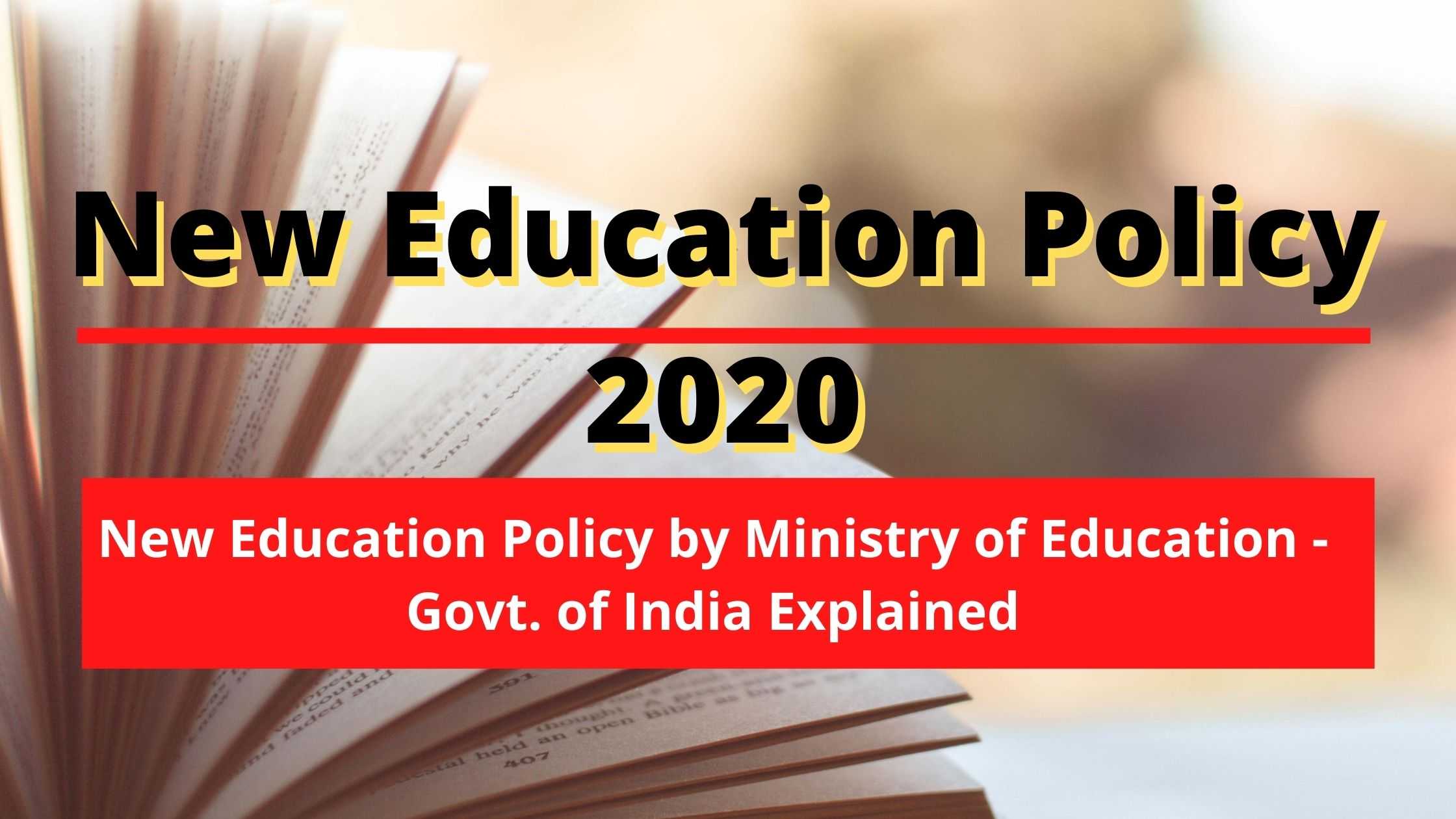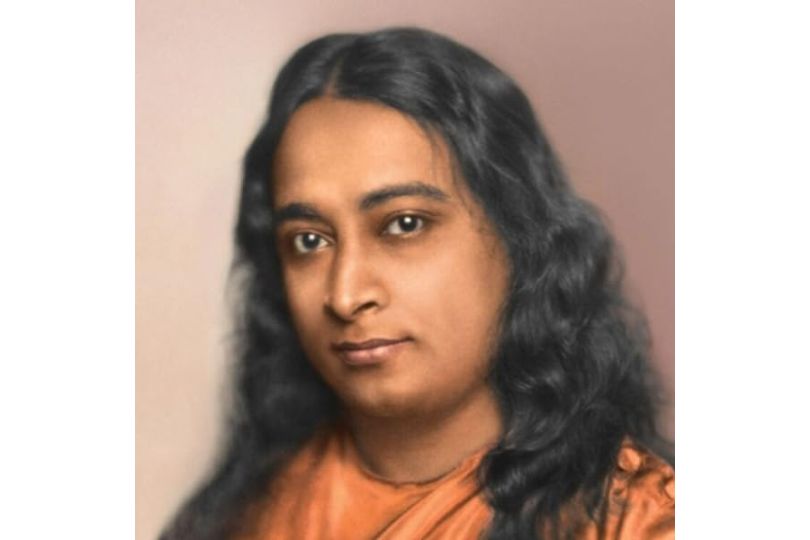Frontlist | National Education Policy 2020: All you need to know
Frontlist | National Education Policy 2020: All you need to knowon Dec 21, 2020

The National Education Policy 2020 aims to take this learning outside of the four walls of a classroom and encourage students to imbibe from the real-world. Here is how NEP 2020 can be implemented in our education system.
A well-defined, well-planned and progressive education policy is a must for every country because education is the cornerstone of economic and social progress. Taking into account their respective traditions and culture, different countries adopt varied education systems.
Recently, the Government of India took a giant leap forward by announcing its new education policy, the National Education Policy 2020 (NEP 2020), almost three decades after the last major revision was made to the policy in 1986. The NEP 2020 boldly envisions three important thematic developments.
Firstly, it seeks to shift from content-driven curriculum that earlier inspired rote learning to applied learning. Secondly, design a 360-degree assessment model that covers educational, physical and mental well-being of the students. And lastly, experiential learning through vocational skills, mathematical thinking and 21st-century skills like data science and coding. The larger goal is to make Indian learners truly global citizens who are future-ready.
The policy has come at the right time and the objective is very noble. But there lies a world of difference in laying down a policy on paper and following it in spirit. The success of this move and the pace of its implementation will crucially depend on how successfully the government can tide over the challenges facing it.
Main highlights of NEP
The new education policy aims at overhauling the India's existing education regime, making it more learner-centric. The propositions put forward are appreciable. The policy envisions a model of holistic learning that is integrated, engaging and immersive. Scientific temper and evidence-based thinking will be inculcated alongside aesthetics and art.
From the foundational stages, young students will be exposed to multiple languages as multilingualism has great cognitive benefits and in the early years of life children tend to pick up languages very quickly.
Keeping in view the importance of rich, classical languages and literature of India, Sanskrit will be offered at all levels of school and higher education as an essential, enriching option for students. While languages like Tamil, Telugu, Kannada, Malayalam and Odia will be possibly offered as online modules for those who are interested in studying them.
Source: India Today
Introduction of revolutionary structural reforms:
The policy seeks to introduce revolutionary structural reforms at the higher educational level. It promotes a flexible three- or four-years degree programme structure at the undergraduate level, allowing multiple exits to learners. If a student makes an exit after one year of education, he will receive a certification for the same. Exit post two years would lead to a diploma while exit after three years would lead to obtainment of a Bachelor's degree. The departure from the current three-year model is meant to encourage and inculcate a research component at the undergraduate level, which in turn, will lead to a degree with research by the time of its completion. The policy transforms the higher education system from being information-centric to new knowledge and innovation-centric. There will also be a concerted effort to promote contemporary subjects such as Artificial Intelligence, Design Thinking, Data Analytics, Machine Learning, and Holistic Health which are touted as the career choices of tomorrow.
As opposed to the current teacher-centric model, in which teachers decide the subjects, curriculum, and evaluation, a student-centric model will be developed that will give students the right to decide the subjects they want to study.
To make higher education more progressive, exposure to art and design thinking is essential to improve students' creativity in problem-solving along with science, engineering and mathematics.
The new model under NEP, called STEAM, will be an upgrade over the current STEM model in higher education at a bachelor degree level, as it is focused on experiential, application-based learning and research-based internship. As part of a holistic, all-encompassing education, students will be given internship opportunities with local industry, businesses and local communities as well as research internships to improve their employability.
Also, the current pool of teachers has to be orientated towards the new-age teaching techniques.
Implementation in higher education - challenges and measures
Though flexibility in the higher education model through the concept of multiple exits is an important step for reducing the number of dropouts, many would still raise a question about the value of such certifications and diplomas. The Indian psyche closely associates jobs with the degrees acquired. Hence, to implement the new system, we first have to dismantle the archaic thinking that only with a degree can one successfully secure a job. This is a dangerous paradigm which undermines and discourages other innate talents of an individual.
The policy seeks to establish multi-disciplinary institutions for higher education replacing the single-disciplinary ones.
The road to attain this goal has been paved with good intentions. However, it will be a feat to achieve given the limited resources at hand. It requires private institutions to offer more scholarships to make admissions possible for students from low-income strata as well, but NEP fails to discuss how this can be achieved.
This indicates a need for greater public funding in higher education, which in reality does not sit well within the current scenario.
Also, we require internet penetration in remote areas because e-learning is the way forward, as witnessed during the pandemic. Digital infrastructure for this purpose will include digital classrooms, expertise-driven online teaching models, AR/VR technologies to overcome gaps in physical teaching and lab infrastructure, uniform assessment schemes across schools, career counselling sessions and teacher training to become adept at new-age technologies.
Summing it up
The drafting committee of NEP 2020 has made a comprehensive attempt to design a policy that considers state/UT governments, expert viewpoints, global best practices in education, field experiences and stakeholders' feedback. The mission is aspirational but the implementation roadmap will decide if this will truly foster an all-inclusive education that makes learners job-ready.
Education Minister Of India
Frontlist education News
Frontlist India news
Frontlist Latest news
HRD Ministry
NEP
new education policy 2020
New Education Policy News Frontlist
New Education Policy of India 2020
Ramesh Pokhriyal Nishank



.jpg)






.jpg)

.jpg)

.jpg)
.jpg)

.jpg)










Sorry! No comment found for this post.